Rivian has confirmed that its vehicles will soon be able to provide bidirectional charging to homes and other vehicles thanks to a new charger that it will soon formally announce.
The all-electric automaker startup told investors earlier this week that it planned to release a new permanently mounted wall connector that enables owners to sap power from the R1’s battery pack to power their homes when the lights go off.
Get Fully Charged
Rivian’s Updated R1 Coming Soon
Rivian recently announced that it would be updating its R1 platform with some big changes. These include design changes, new battery chemistry, significantly reduced cost to produce, and the option for even more power. But don’t worry; existing R1 owners won’t be left out of the V2H game with this newly teased wall connector.
“We will be announcing this later, but we will be offering a bidirectional charge that you can mount on the wall of your garage where you park your car,” said Rivian’s VP of Hardware Engineering, Vidya Rajagopalan, during the automaker’s investor call earlier this week.
Gallery: 2025 Rivian R1T and R1S

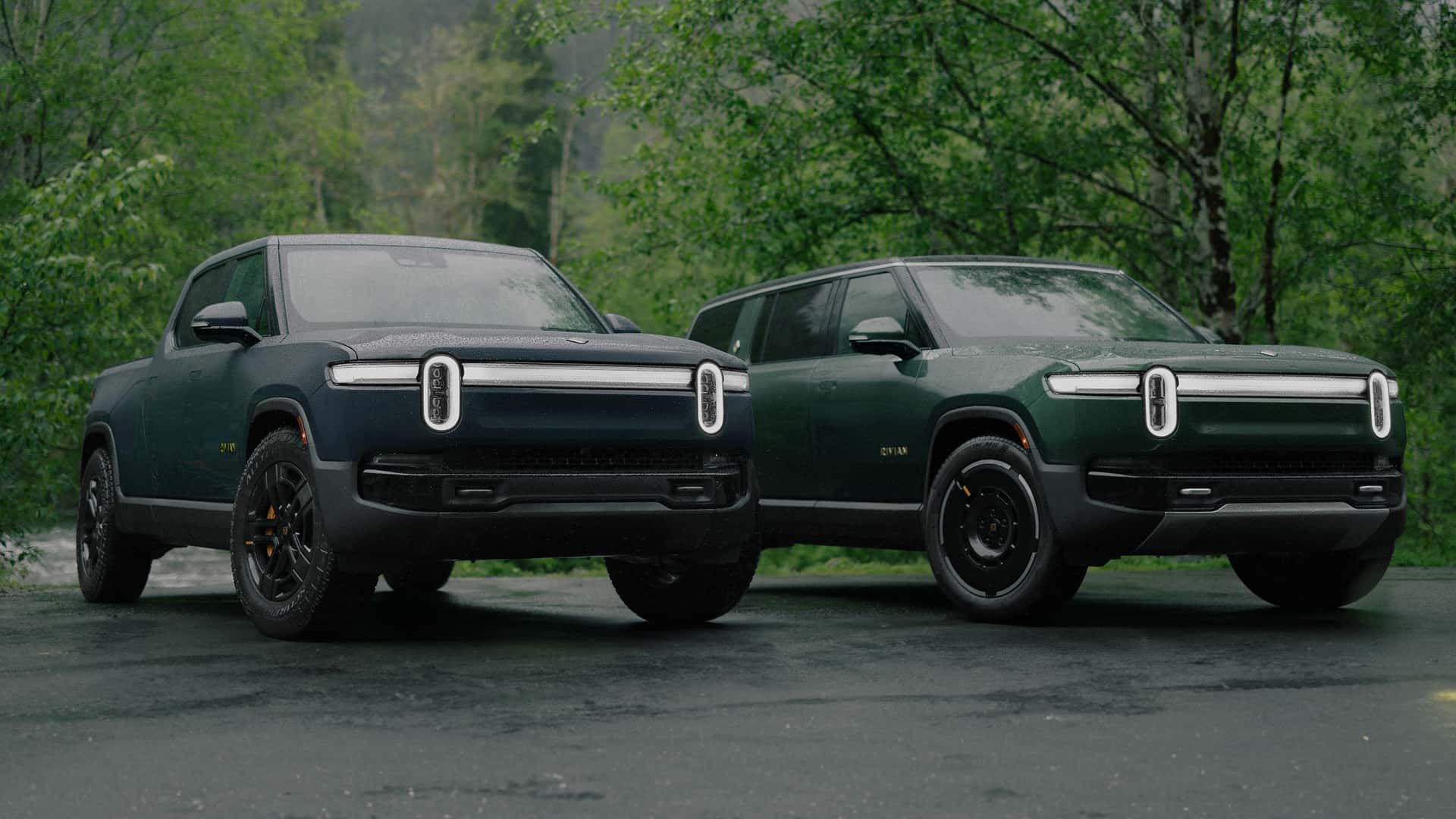
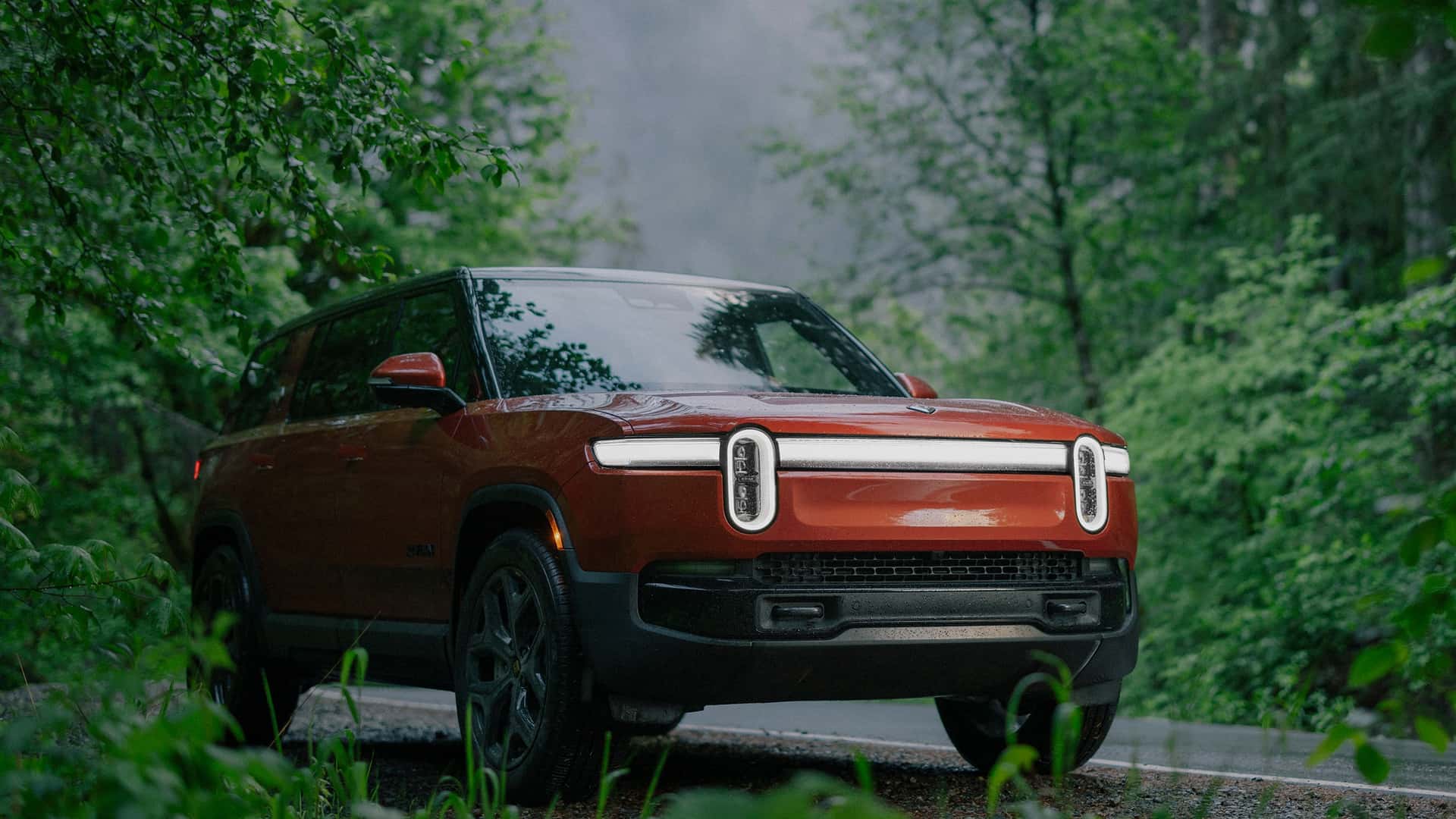

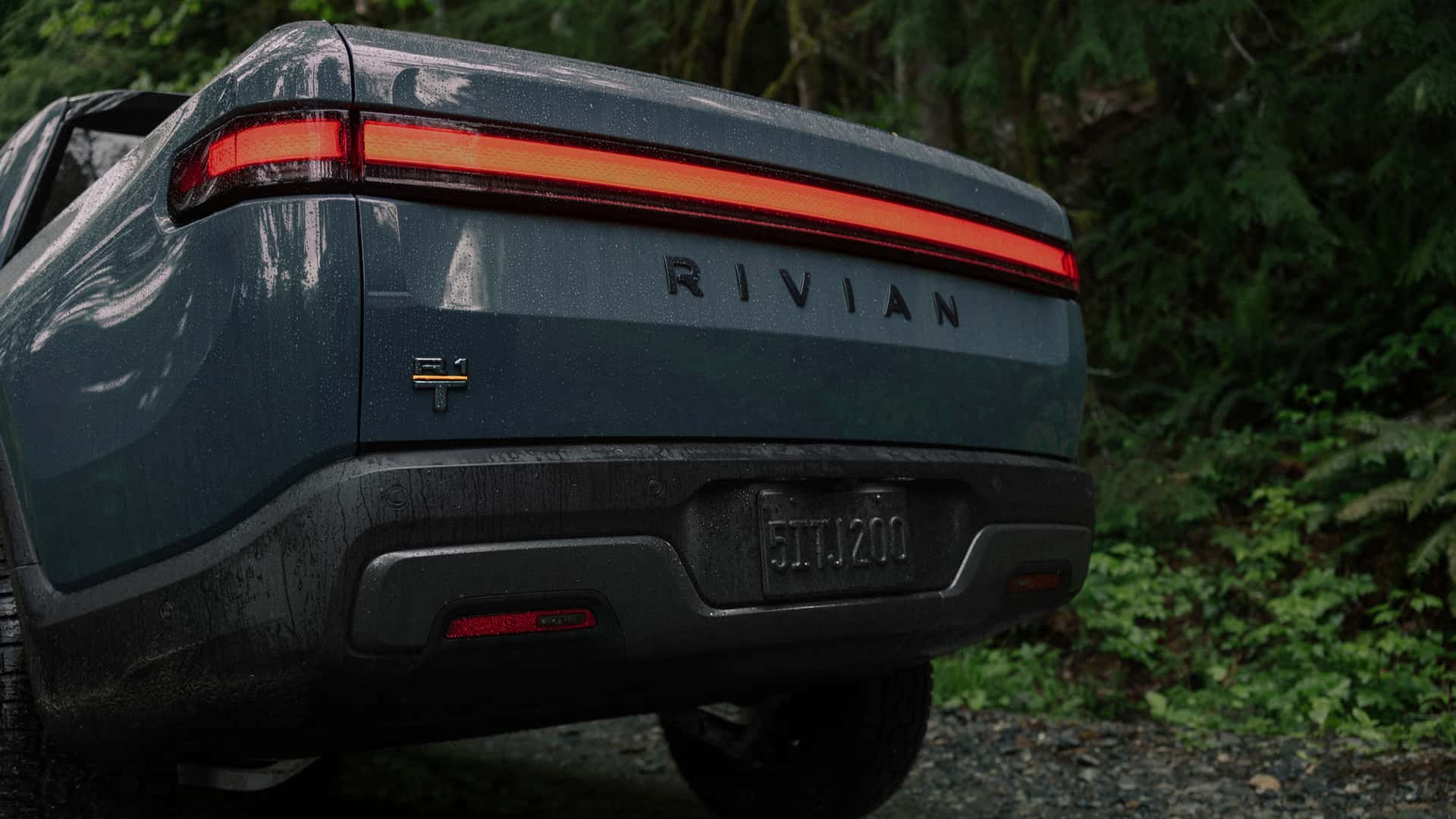
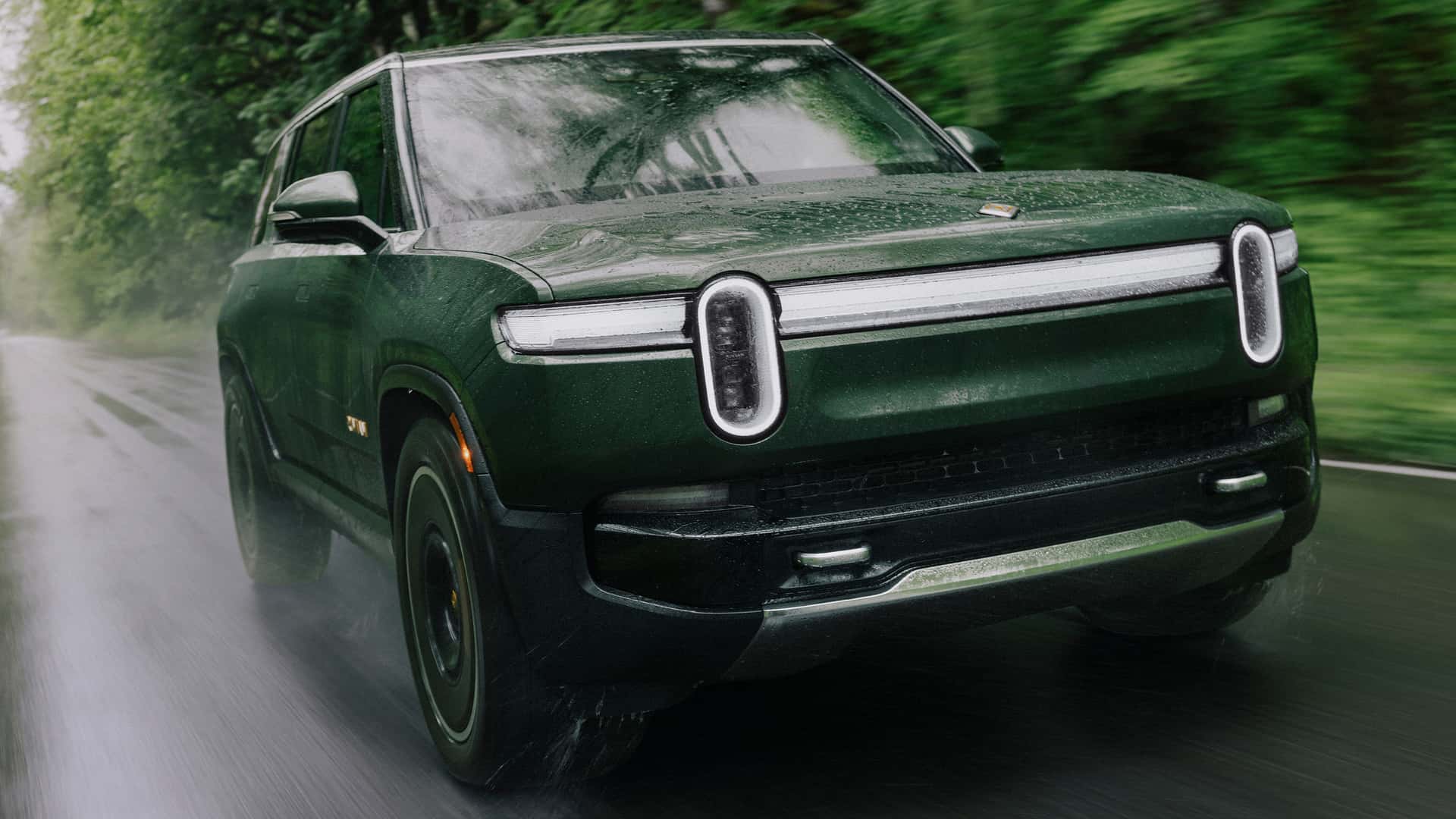
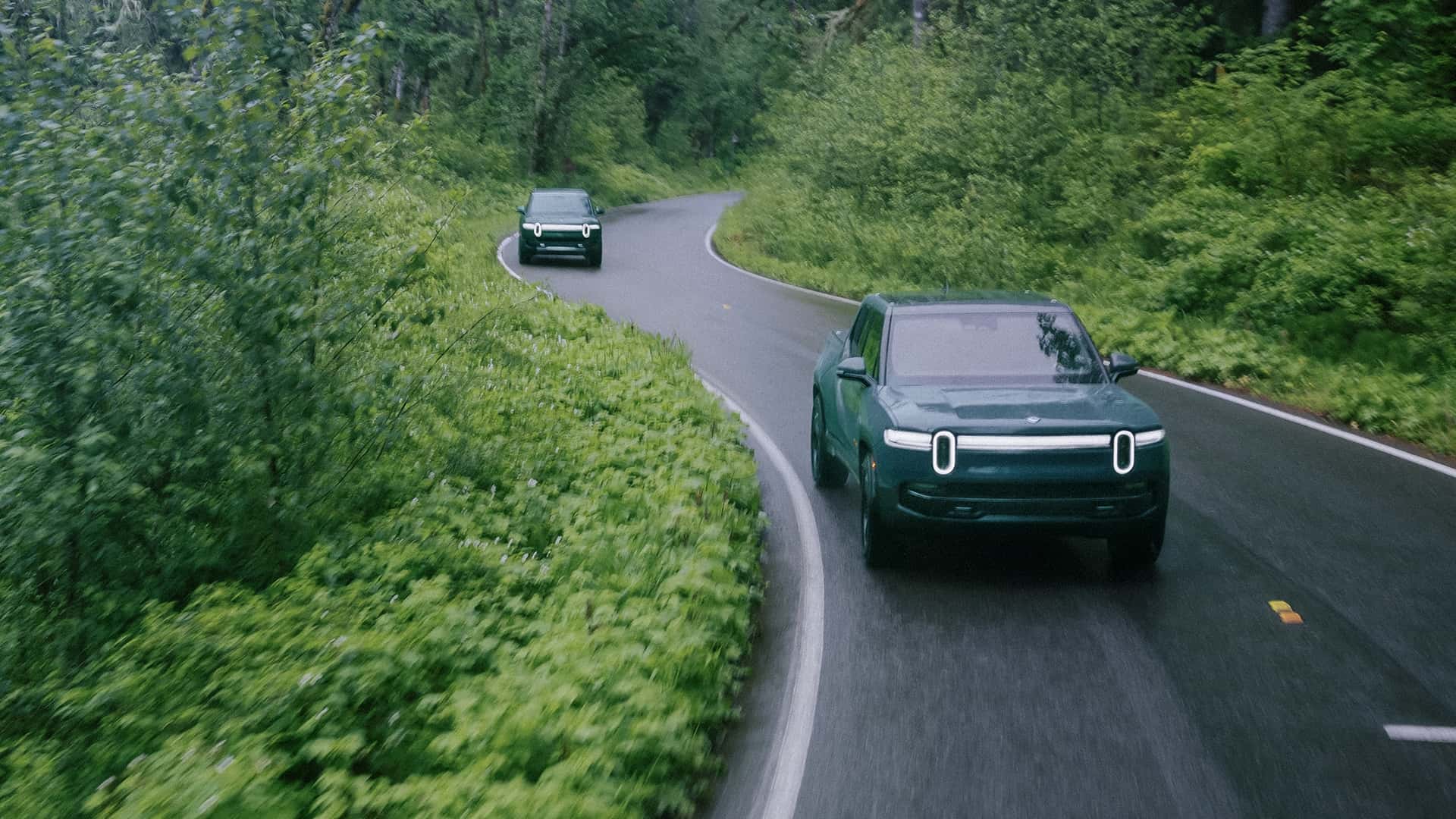

Rajagopalan says that the new charger will help to dispel a “common misconception” that its vehicles can’t provide vehicle-to-home capability with its current R1 vehicles.
Currently, Rivian R1 vehicles do not offer Vehicle-to-Home (V2H) charging. However, the automaker has previously said that it was working on a bidirectional charger and confirmed that R1 vehicles had the hardware necessary to activate V2H charging at a moment’s notice—presumably through an over-the-air update pushed with the release of its new wall charger.
The R1 will reportedly offer up to 24 kilowatts of DC power, while the R2 platform will have the hardware onboard to also deliver 11 kW of AC power.
A lot has changed since those announcements. Rivian announced the refresh to the R1 platform, and the R2 and R3 were announced. It also announced the development of a new zonal architecture for its future vehicles and a joint venture with Volkswagen. However, Rivian’s commitment to switch from CCS to Tesla’s NACS connector in 2025 is the most relevant change.

Rivian Zonal Architecture
Rivian has previously said that its V2H program relied on the CCS charging standard, so it’s not clear how the move to NACS could affect the charger or if the change in standard delayed the launch of the V2H charger. Presumably, this will result in a dual-connector ecosystem. This change could result in a single charger with a Tesla-esque Magic Dock connector, or Rivian could have two different charging products.
Rivian could not provide InsideEVs with any additional information on NACS compatibility at the time of writing.
Now, Rivian isn’t the only automaker that has enabled V2H charging in its EVs. Ford equipped the F-150 Lightning with V2H, and General Motors planned to include V2H capabilities in the Silverado EV and expand it to more Ultium-based vehicles later on.
Rivian has not announced when the charger will go on sale or the actual cost of the product. However, that hasn’t stopped owners from getting giddy about the potential to use their vehicles as a battery backup for their homes.
Rivian, the American automaker known for its electric vehicles, has announced plans to develop a new type of charger that has the capability to not only power their vehicles but also provide electricity to households. This innovative charger, known as the “Rivian Wall Charger,” marks a significant step forward in the realm of sustainable energy solutions.
The Rivian Wall Charger is designed to be compact and user-friendly, making it easy for owners to install at their homes. It will feature a high-power output capacity, allowing it to charge Rivian vehicles in a fraction of the time compared to traditional chargers. In addition to its primary function of charging vehicles, the Wall Charger will also have the ability to store excess energy and redistribute it to power household appliances and devices.
This revolutionary technology aligns with Rivian’s commitment to environmental sustainability and reducing carbon emissions. By utilizing renewable energy sources to power both its vehicles and homes, Rivian is pioneering a new era of eco-friendly transportation and energy solutions. The Wall Charger is expected to significantly reduce the carbon footprint of Rivian owners and promote a more sustainable way of living.
The concept of a charger that can power a house is not entirely new, but Rivian’s approach to integrating this technology into their electric vehicles sets them apart as a leader in the industry. Their innovative spirit and dedication to sustainability have earned them a loyal following of environmentally conscious consumers.
As the demand for electric vehicles continues to rise, the need for efficient charging solutions becomes increasingly important. Rivian’s Wall Charger offers a comprehensive solution that not only addresses the needs of electric vehicle owners but also contributes to the overall goal of reducing reliance on fossil fuels.
In conclusion, Rivian’s plans to develop a charger that can power your house represent a significant advancement in the field of sustainable energy solutions. By combining cutting-edge technology with a commitment to environmental stewardship, Rivian is setting a new standard for the automotive industry. The Wall Charger is poised to revolutionize the way we think about charging electric vehicles and powering our homes, opening up a world of possibilities for a cleaner, greener future.

